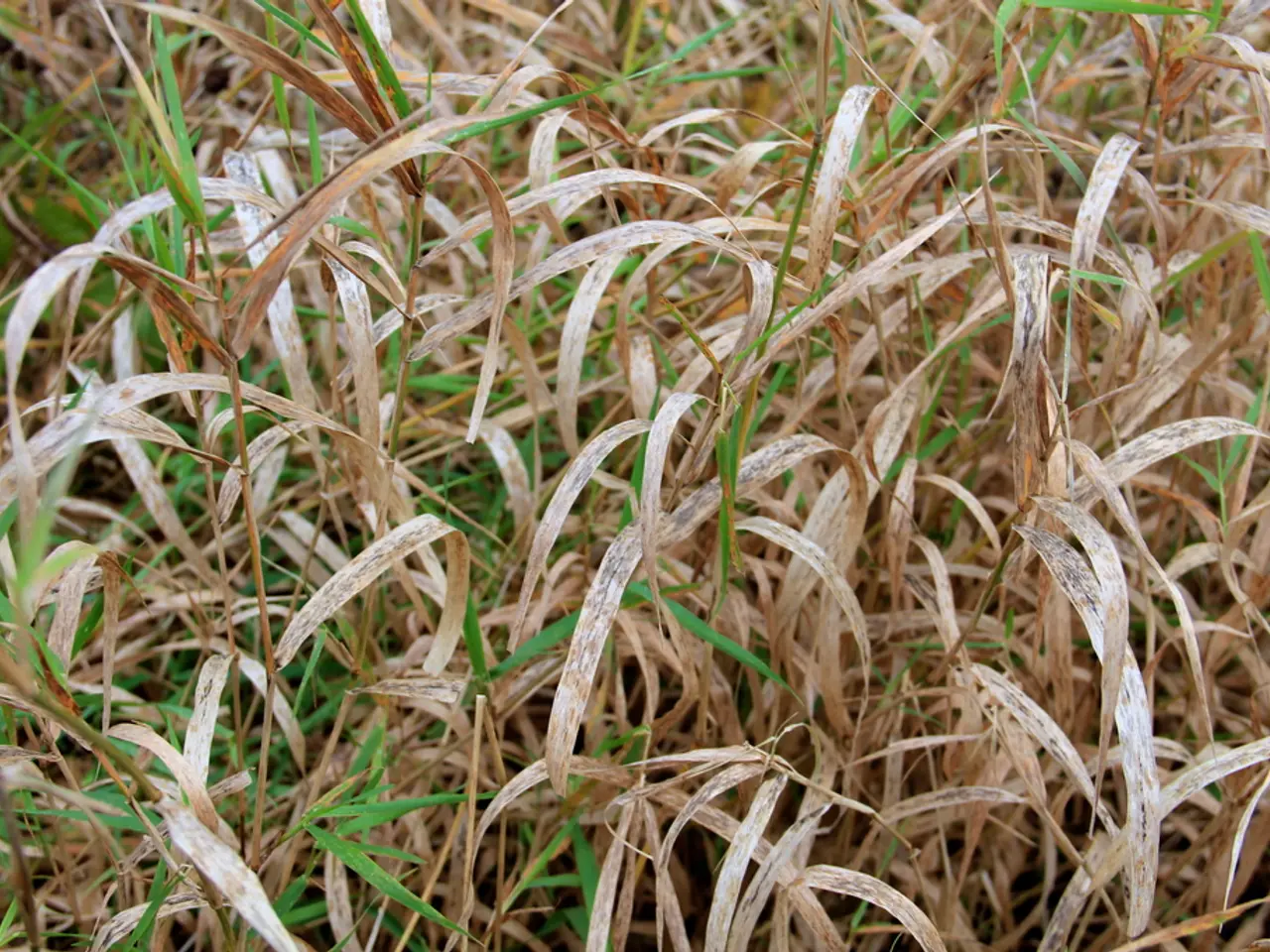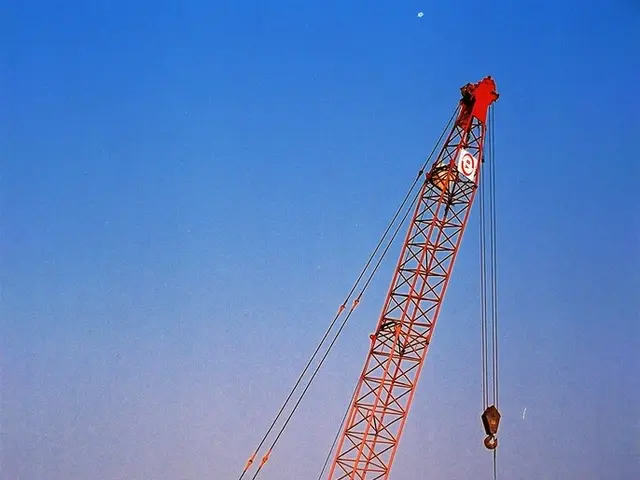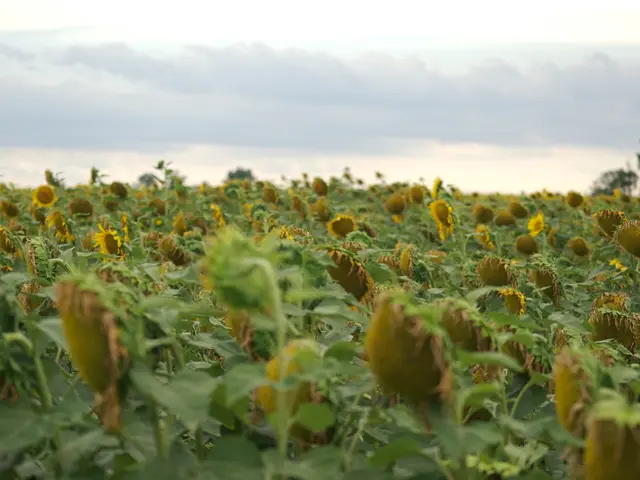Outdoor Plant Fertilization Scheduling: Key Time Strategies for Robust Development
=====================================================
Fertilizing is a crucial aspect of gardening that ensures healthy plant growth and high yields. Here's a comprehensive guide on the best practices for fertilizing your garden.
Timing is Key
The timing of fertilizing depends on the plant types and growth stages. For lawns, cool-season grasses are best fertilized in early spring and early fall, while warm-season grasses should be fertilized in late spring and midsummer. Avoid fertilizing during heat stress or drought conditions.
For vegetable and garden plants, it's essential to conduct a soil test first to identify nutrient deficiencies and soil pH. Side-dressing fertilizer during specific growth stages boosts yields, such as 30 days after transplanting for cabbage or when vines spread for cucumbers. Midseason feeding—scattering fertilizer near the base and watering it in—is effective for vegetable health and vigor.
Techniques for Maximum Efficiency
- Incorporating fertilizer into soil before planting ensures nutrients are available as roots develop.
- Side-dressing applies nutrients close to growing plants during high-demand phases and improves yield, especially for vegetables.
- Broadcasting provides even fertilizer coverage over large areas but requires calibrated equipment to avoid waste or damage.
- Foliar feeding supplies quick nutrient boosts directly through leaves, useful for micronutrient deficiencies.
- Drip irrigation systems deliver liquid fertilizers directly to root zones, maximizing nutrient uptake and minimizing waste.
Additional Tips
- Avoid over-fertilizing to prevent weak root systems, pest attraction, disease, and environmental harm.
- Use slow-release fertilizers for longer feeding periods except in late fall when quick-release formulas may be necessary due to freezing soil.
- Match fertilizer type and timing to specific plant species and local climate conditions for optimal growth and resource use efficiency.
In summary, the best practice is to fertilize based on plant type and growth cycle, using targeted techniques like side-dressing and drip irrigation for efficient nutrient delivery, avoiding excess, and conducting soil tests to customize treatments.
On June 9, 2025, Glen published three articles: "Garden Fungicides: Essential Tips for Disease-Free Plants", "When to Pick Candy Cane Peppers: Optimal Harvest Time Guide", and "When to Pick My Watermelon: A Gardener's Guide". Glen, an experienced gardener with over 15 years of hands-on experience in garden maintenance, design, and landscaping services, regularly creates helpful content for a blog.
Remember, using a balanced fertilizer based on soil test results will ensure plants get the right amount of each nutrient, and too much or too little of any component can affect plant growth and yield. Organic matter supports a healthy ecosystem in the garden, balancing pH levels, and enhancing plant resilience.
Happy gardening!
Gardening requires consideration of the type of plants and their growth stages for appropriate fertilization. For instance, side-dressing fertilizer during specific growth stages, such as 30 days after transplanting for cabbage or when vines spread for cucumbers, is beneficial for vegetable plants. Additionally, maintaining a lifestyle that includes home-and-garden activities, particularly gardening, can contribute to a healthier plant ecosystem by promoting the use of organic matter and balanced fertilizers.





